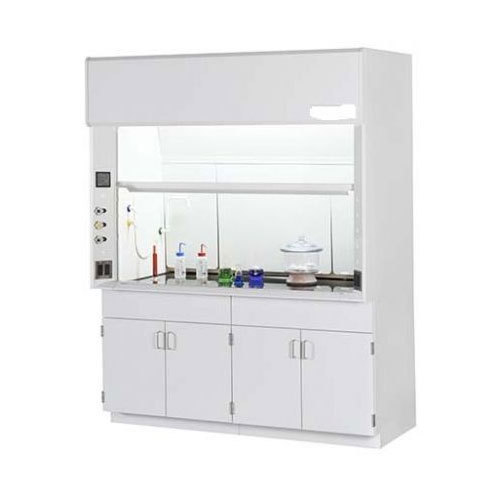Original Source : https://laboratoryquipment.blogspot.com/2020/01/what-to-look-for-when-purchasing.html

Ductless fume hoods are described by multiple names like filtered fume hoods, or carbon-filtered enclosures. Ductless Fume Hoods are self-contained and filtered laboratory enclosures that eliminates dangerous fumes, vapors as well as particles from the laboratory.
Not like conventional fume hoods, investment prices are very cheap plus no ductwork is needed. Hence, countless people think choosing one is a slam-dunk when they first discover them.
There are few crucial things to analyze before reaching the final choice to buy a ductless fume hood. Consider these aspects into careful thought to be sure that a ductless fume hood is the correct decision for the Laboratory Supplies the applications:
- Is the common application suitable for a ductless fume hood?
Countless different classes of ductless as well as the filtered fume hoods few hoods still restrict application that can be implemented in them. Few ductless fume hoods should only be utilized light-duty instead of process explicit fume hoods. Additionally filtered fume hoods can be utilized for a broad range of chemicals, however, keep in thought that more extensive chemical amounts will ever reduce filter life.
This indicates that:
- A restricted number of complex chemicals should be applied.
- No excessive heating should be taken out in the hood.
- Unostentatious chemical amounts should be accepted, about 500 mls or less by chemical.
- Mediocre chemical display times should be managed.
- Will the chemicals included in the application be adequately filtered with the available carbon filters?
Typically, ductless hoods will be equipped with chemical explicit filters. Explicit filter kinds enhance chemical trapping capability for complex chemical groups; but, few chemicals cannot be securely filtered or are not filtered efficiently sufficient to enable ductless hoods to be a financially viable alternative.
- How frequently will you have to substitute the filters?
Although you won't have the added cost of tube work downloading and wiring together with a standard fume hood you want to consider how often you want to remove your filters, and the maintenance costs associated with that, to add your total yearly filter costs.
Filter lifespans can end from a few months up to two years. You will want to search out how long the expected filter lifespan is for your application so the weigh that against the cost to establish a standard fume hood. It also considers the energy cost of running a standard fume hood which totally replaces tempered air from the laboratory and taxing the HVAC system.
- How do the pros as well as cons of utilizing a ductless fume hood stability out for you?
If you possess decided that a ductless fume hood is most apparent suitable for the application, the ultimate thing to perform is to decide how the benefits of a ductless fume hood persist up against its disadvantages, plus how both adjust with the organization's overall purposes.
Conclusion
These four things are very important to look For When Purchasing a Benchtop Ductless Fume Hoods, before buying benchtop ductless fume hoods these four points will help you.

 Log in with Facebook
Log in with Facebook 






